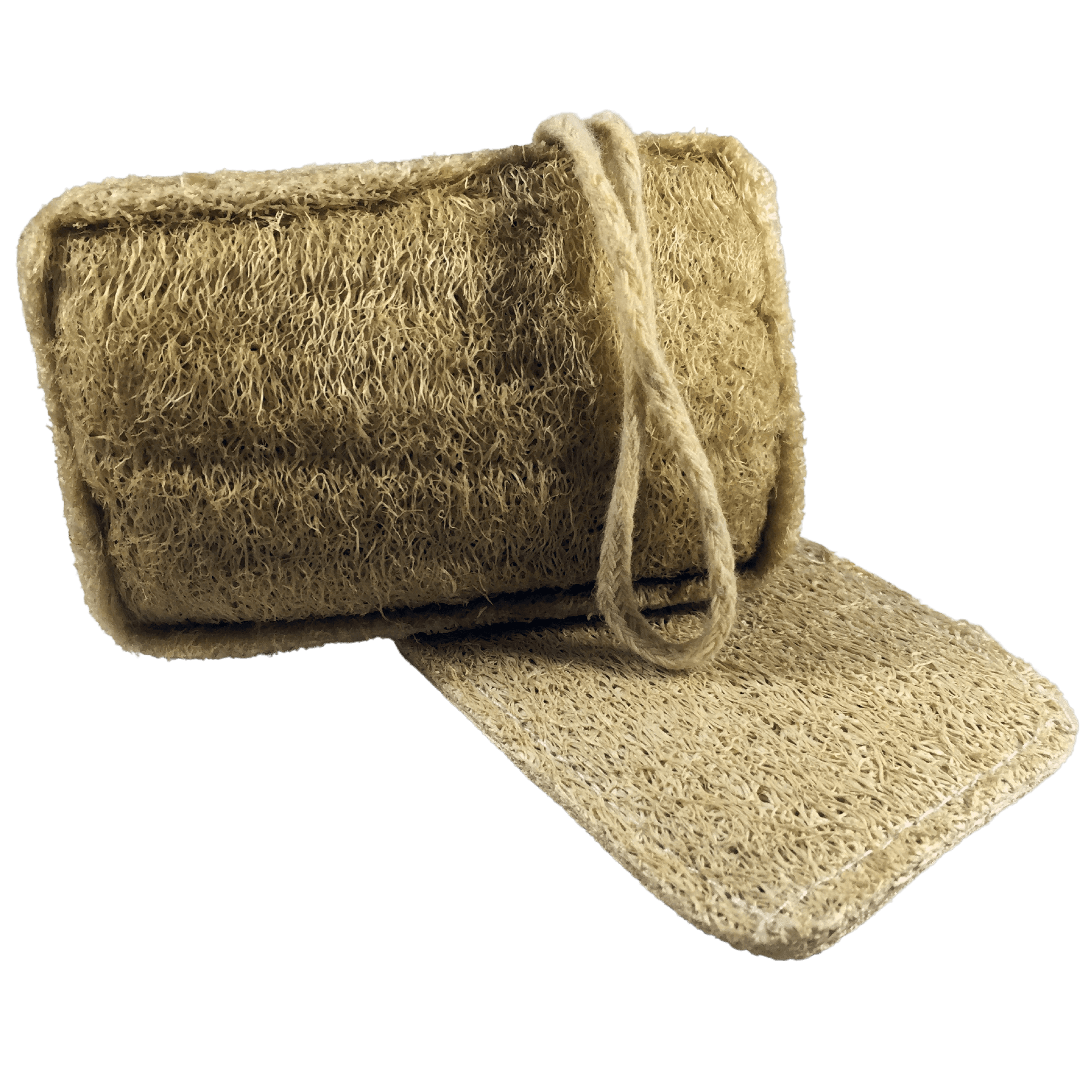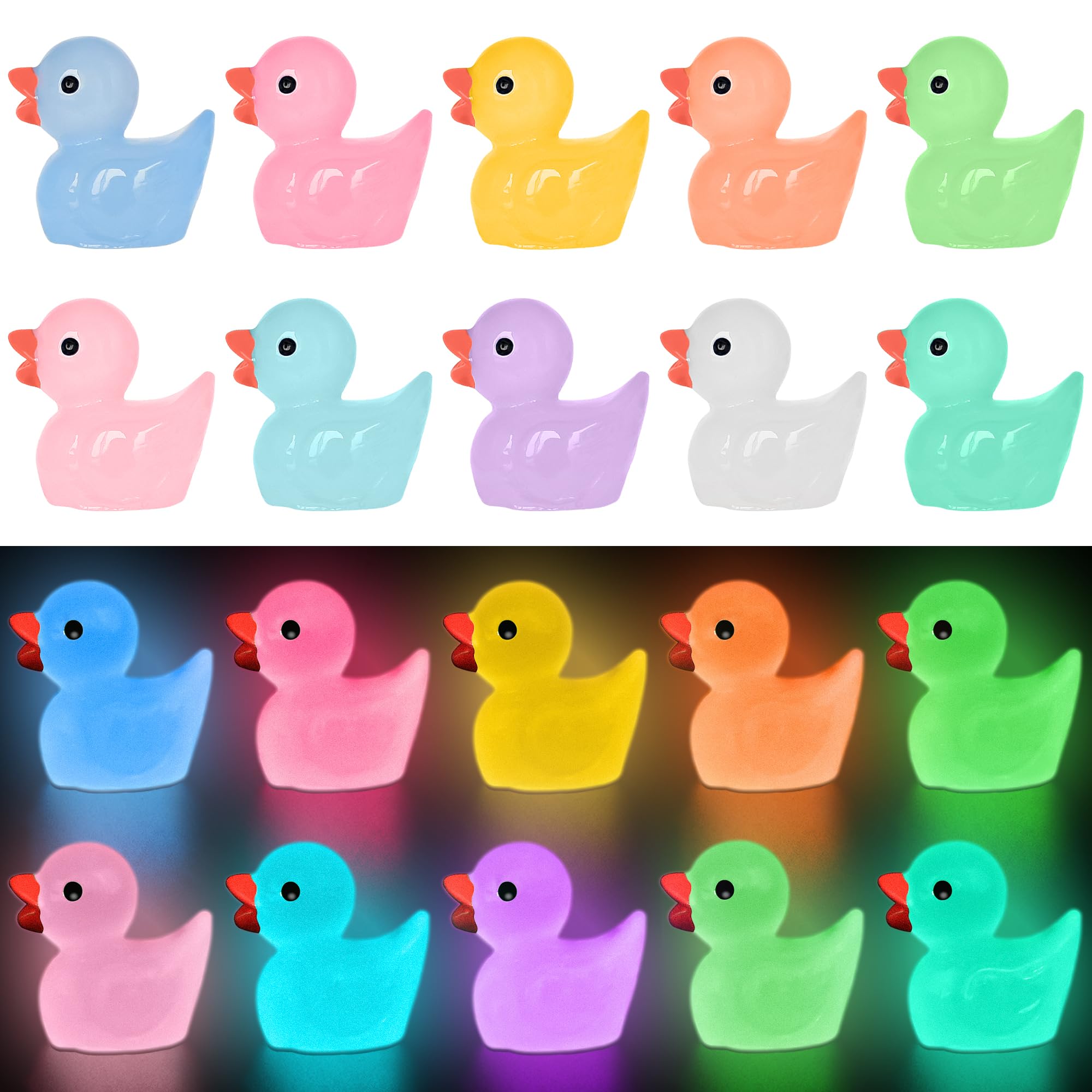The Origins of Bathing: Ancient Rituals and Practices
Bathing has been an essential part of human culture since ancient times. The earliest records of bathing date back to around 3000 BCE in ancient Mesopotamia, where people used bathing as a ritualistic practice. The Great Bath of Mohenjo-Daro, one of the oldest known public water tanks, reflects the significance of communal bathing in the Indus Valley Civilization.
In ancient Egypt, baths were associated with religious purification. The Egyptians believed that cleanliness brought them closer to their gods. Similarly, in ancient Greece, baths were a social affair. Public bathhouses, known as "gymnasiums," were places where people gathered not only to bathe but also to discuss politics, philosophy, and culture.
The Roman Influence: Bathing as a Social Event
The Romans took bathing to an entirely new level, constructing grand public bathhouses called "thermae." These complexes included hot baths (caldarium), warm baths (tepidarium), and cold baths (frigidarium), as well as areas for relaxation, exercise, and socializing. Roman baths became central to daily life, serving as places for relaxation, social interaction, and even business meetings.
The extensive Roman aqueduct system facilitated the supply of water to these baths, showcasing the engineering marvels of the time. The legacy of Roman baths influenced future generations, leaving a lasting impact on European bathing culture.
Medieval and Renaissance Baths: A Shift in Perception
During the medieval period, the perception of bathing changed significantly. The fall of the Roman Empire and the rise of feudalism led to the decline of public baths. Concerns about hygiene and the spread of diseases made bathing less common, and in some regions, it was even discouraged.
However, the Renaissance brought a revival of bathing culture, particularly among the wealthy. Private baths became a symbol of luxury and status. The use of scented oils and herbs to enhance the bathing experience gained popularity, reflecting the era's focus on art, beauty, and personal care.
The Modern Era: Baths for Health and Wellness
The 19th and 20th centuries saw a resurgence in the popularity of baths, driven by advancements in plumbing and a growing understanding of hygiene. The development of indoor plumbing made private baths accessible to more people, transforming bathing from a luxury to a daily necessity.
Baths also gained recognition for their therapeutic benefits. Hydrotherapy, the use of water for pain relief and treatment, became a popular practice. Spas and wellness centers offering various bath treatments emerged, emphasizing the health benefits of bathing.
Baths Today: A Blend of Tradition and Innovation
In contemporary times, baths continue to be a cherished ritual for relaxation and self-care. The rise of wellness culture has further highlighted the importance of baths in promoting physical and mental well-being. Aromatherapy, bath salts, and luxurious bubble baths have become staples in modern bathing routines.
International Bath Day, celebrated on June 14th, recognizes this rich history and the enduring significance of baths. Whether it’s a quick shower to start the day or a long soak to unwind, the act of bathing remains a universal practice that transcends time and culture.
As we honor International Bath Day, let’s take a moment to appreciate the historical journey of baths and their profound impact on human civilization. Embrace the tradition, indulge in the luxury, and celebrate the timeless joy of a good bath.
About TOA Waters
At TOA Waters, we believe in the transformative power of a great bath. Our bubble baths are designed to provide an indulgent experience that relaxes the mind and rejuvenates the body. Discover our range of scents and join us in celebrating the history and luxury of bathing.































